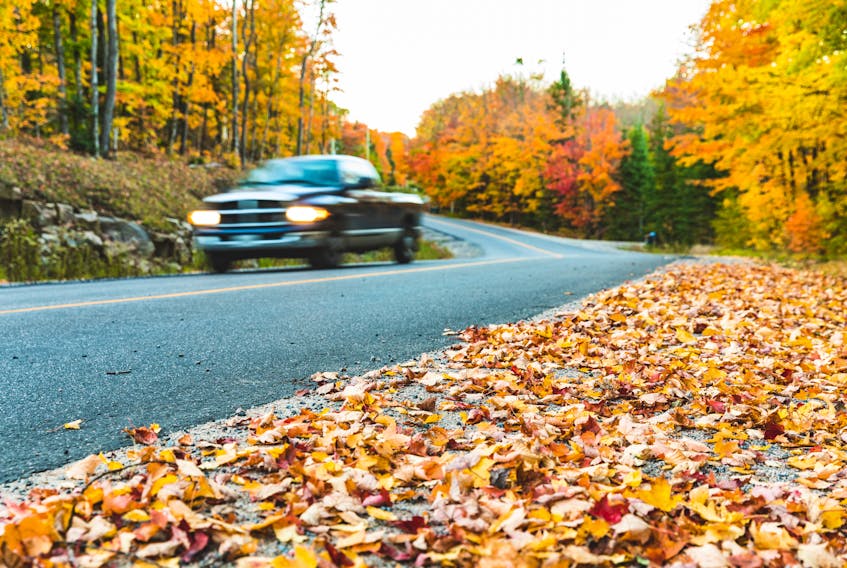Blame it on climate change or just the fact the mornings are getting colder. The simple fact is that many of the nasty and sometimes tragic crashes in the news in the last week or two occurred around the going-to-work hours. It starts in the dark and as the sun rises it is low on the horizon and often in your eyes if you are travelling in the right direction.
But the biggest issue is that the roads are cold!
The coefficient of friction between rubber and road, or more simply — grip — is significantly reduced — SIGNIFICANTLY — when the temperature of the road surface drops to or near the freezing point. The result is a lack of grip in familiar circumstances. The same vehicle, on the same tires, driving on the same road will be scary on such cold mornings,
News of the crashes and vehicles — cars and motorcycles — running off the road in those early hours of daylight stirs up memories. From the heat in Dubai to frozen lakes in Lapland I have tested tires and vehicles for decades. Regardless of the location, vehicle or tire, there is one constant — the temperature of the road surface plays a crucial role in traction and safety.
Tires are designed to be at their best within a given temperature window. All-season tires are generally meant to cope with a wide range of conditions and temperatures — between ambient temperatures of about 10 to 30 degrees Celsius. They get soft and slippery at the high end of that scale and hockey-puck hard below freezing.
Pure summer tires are meant for high temps and are pretty useless in lower temps. Winter tires are designed to be at their best as the thermometer drops below the freezing point.
All that is dependent on ambient temperatures. The scene changes as we transition from summer into fall, and for those brief early morning hours into winter temps.
All those carefully-derived operating ranges for summer, all-season or winter tires are based on ambient temperatures in the same range. Toss them out the window in the Maritimes when we get those mornings following an early frost. The same pavement that gets hot and sticky in the summer sun, gets solid and hard when the temperature drops overnight. It might as well be covered with a thin film of ice!
Now picture this: Joe or Jane leave the driveway on the way to work in the same vehicle, on the same tires headed to work or school. There is a big surprise coming at the first corner! The tires may or may not be up to operating temperature — the same goes for the road. For a brief instant, the grip on the cold surface is not sufficient and we have a loss of traction and a resultant spin or off-road venture.
I was reminded of this again recently while driving an under-powered little test vehicle early one very chilly fall morning. This car couldn’t pull the skin off a pudding, but here it was spinning the tires and activating the traction control as I pulled away from a light. Cold pavement!
There is a brief period in the fall when the tires on our vehicle have to cope with circumstances they were not designed for. It is too early to put on the winter boots, but for that hour or two on a cold fall morning it is critical to drive as if you were on ice — because you might be!
RELATED:









